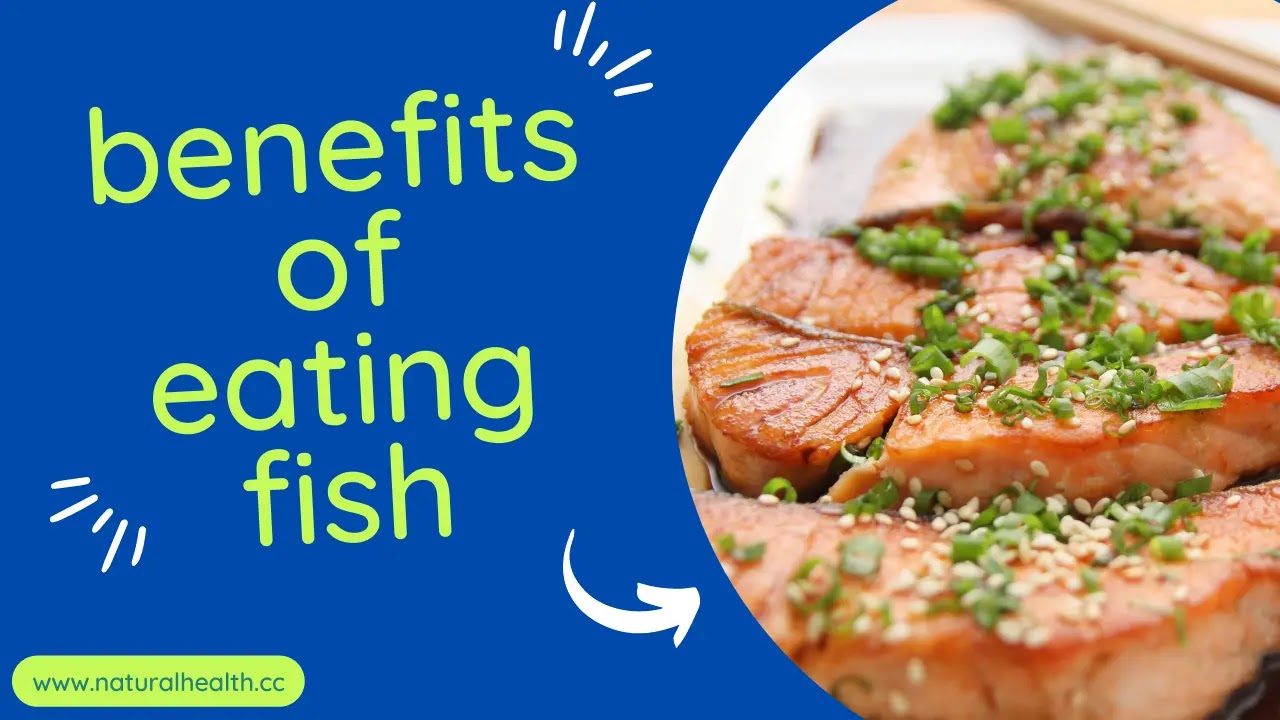
Eating fish, Fish has many different health benefits, and nutritionists claim to eat it on a regular basis, so what are the most important discoveries about it.
Eating fish increase health
- A study published in the Scientific Journal (Journal of Internal Medicine) revealed that eating fish enhances human health and prolongs life.
- Fish is rich in vitamins and minerals necessary for the health and human body, especially omega 3.
- Various scientific studies have revealed that eating fish contributes to reducing the risk of cancer, improving heart health, and reducing inflammation, while other studies have linked omega-3 to improving mental health and vision.
- Currently, this study indicated that eating fish, especially rich in omega-3, reduces the risk of premature death and enhances human health.
- The researchers were able to reach this conclusion by targeting 240,729 men and 180,580 women for 16 years, and they found that 54,230 men and 30,882 women died during the study.
Is eating fish good for you?
The researchers reported that the male participants who ate fish regularly had a nearly 9% lower risk of premature death, in addition to:
- A 10% reduction in death from heart disease.
- Reduced risk of dying from cancer by 6%
- Reduced risk of dying from pneumonia by 20%
- Reduced risk of death from liver disease by 37%.
As for women, the results were as follows:
- 10% lower risk of death from heart disease.
- 38% lower risk of death from Alzheimer's disease.
The researchers stressed that in order to enjoy the benefits of eating fish, it should not be cooked by frying.
Which fish is the healthiest?
- 1. Wild-caught salmon
Omega-3 fatty acids, which are beneficial to heart health, may be found in all salmon varieties. This fish is also a good source of both vitamin D and calcium, however, for higher levels of nutrients, it is best to choose wild salmon over farmed salmon. Wild salmon is higher in omega-3 fatty acids, vitamins, and lower in saturated fat than farm-raised fish. Severe cold symptoms
How to prepare:
The easy way to prepare salmon is by steaming it on parchment paper. The method is as follows:
- Cut vegetables (such as carrots or zucchini) and then fry them in oil with light frying.
- Lay the vegetables on parchment paper.
- Place salmon slices on vegetables and sprinkle with fresh herbs.
- The paper is turned and the roll is closed tightly.
- Place the roll in the oven at high heat for 10 minutes, until it is possible to peel it with a fork.
- 2. Tuna
Eating tuna in moderation is generally safe. Some types of tuna contain more mercury than others, and people need to limit their consumption of it. Canned albacore tuna contains more mercury than light or skipjack tuna. Tuna is low in calories and rich in vitamins and proteins, and 100g of skipjack tuna contains 22g of protein.
It should be noted that types of tuna - such as (bluefin tuna) - are vulnerable to overfishing, and other types that are not threatened, such as (skipjack tuna) should be chosen.
How to prepare
It is easy to prepare the tuna, brush the tuna slices with olive oil, sprinkle them with salt and pepper, and put them in a frying pan over medium heat for 5 minutes until they are cooked.
- 3. Rainbow trout
Most of the trout in grocery stores comes from farms in freshwater ponds or concrete ponds that mimic a running river. Strict laws governing trout cultivation in the United States limit the chemicals farmers use, and these laws have lowered mercury levels, making farmed fish safer and healthier.
Farm-raised trout contains 19.94g of protein per 100g and 4.30mcg of vitamin B-12.
How to prepare
The easy way to prepare it is to roast it with some olive oil, lemon juice, and herbs.
- 4. Pacific halibut
Halibut is a thick, white fish with a mild flavor. It's a good option for individuals who don't like fish but still want to incorporate it into their diet. Halibut contains 18.56g of protein per 100g and is a good source of potassium and vitamin D.
How to prepare
Halibut can be prepared and eaten in many ways. The simplest is to season the halibut slices in a mixture of olive oil, garlic, lemon juice, basil, and parsley, then grill it over the fire, or stir it in a frying pan. Brown rice and vegetables can be added to make a complete dish.
- 5. Mackerel
Mackerel is a thick white fish with a strong flavor. It contains more omega-3 and vitamin B-12 than other fish. Pickled or smoked mackerel has more sodium, so check the food label when you buy it. Smaller species such as Atlantic or Spanish mackerel (dirk or kingfish) are a better choice than the larger ones; Because the larger ones contain higher levels of mercury.
How to prepare
Mackerel fillets can be boiled with a little wine, water, sliced onions, and some pepper.
- 6. Cod
Cod meat is white, easy to peel, and easy to prepare. Cod is a good source of phosphorous, niacin (vitamin B-3), and vitamin B-12, and it is also considered a high-protein food that is low in fat and calories, making it suitable for those trying to control their weight.
How to prepare
To make a delicious dish, the fish is marinated, then grilled in the oven, and served with grilled vegetables, such as zucchini, asparagus, onions, and peppers.
- 7. Sardines
Sardines are another type of oily fish that provides us with many nutritional benefits. Sardines are rich in calcium, iron, selenium, proteins, vitamin B-12, and omega-3. It can be enjoyed fresh, but it is found more in canned or frozen form, and those who eat it canned should check the food label for its oil and sodium content.
How to prepare
To add flavor and texture, you may use canned sardines.
- 8. Herring
Herring is a type of fish that belongs to the sardine family. Herring is a useful source of omega-3s and gives 17.96 g of protein and 13.67 mcg of vitamin B-12 per 100 g. Pickled or smoked herring contains higher amounts of sodium, so you should pay attention to this when preparing meals.
How to prepare
Herring can be bought boneless or not; Which allows it to be grilled in the oven, or stirred in oil on a frying pan, or grilled over a fire. Are there fish you should avoid eating? Some people avoid eating fish because they fear the levels of mercury in it. Mercury is a pollutant found in fish, and it is a toxic metal that can cause genetic defects or damage to the brain or kidneys.
In general, larger fish contain more mercury; This is because the mercury takes its time to penetrate into the body of the fish. Diversity in eating fish ensures a lower share of mercury, and people should avoid eating tilefish from the Gulf of Mexico, sharks, swordfish, and king mackerel, all of which contain high levels of mercury.
There are concerns about overfishing, so people should choose fish from sustainable sources and avoid threatened species. Sources are dedicated to helping people choose healthy types of fish they can eat without making a huge impact on the environment. An example of this is the Monterey Bay Aquarium's Seafood Watch program, which utilizes data from health and environmental organizations to recommend fish from a range of regions. across the globe.
Eating fish twice a week is a great way to get lean protein in addition to other nutrients. Some types of fish are better than others because they contain fewer contaminants, such as mercury. A doctor should consider the individual's condition when eating mercury-containing fish, especially children, pregnant or breastfeeding women, or those with special health conditions.
